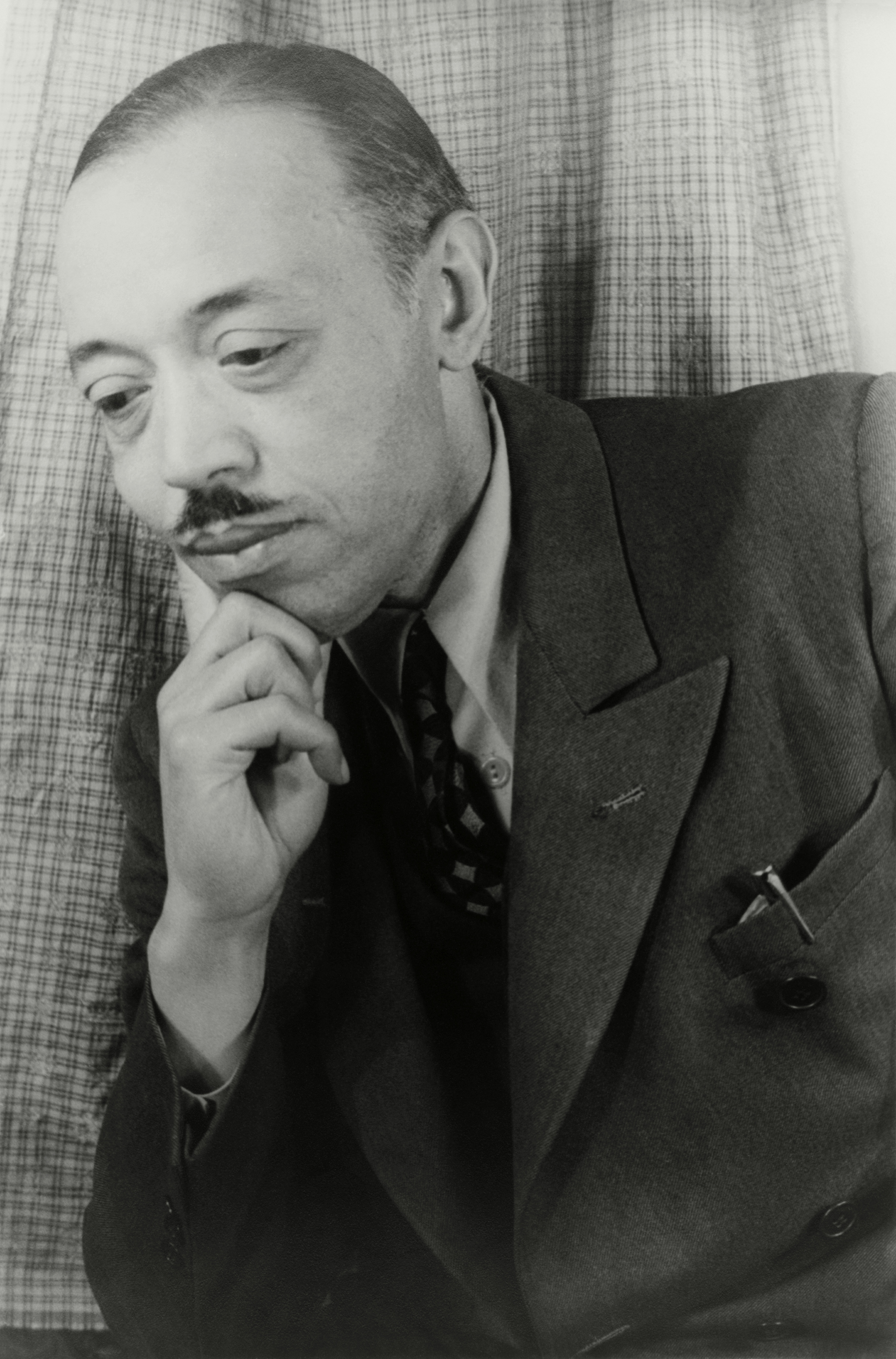Symphony No. 4 (Still) on:
[Wikipedia]
[Google]
[Amazon]
 Symphony No. 4, also known as Symphony No. 4 ''"Autochthonous"'', is a 1947 composition in four
Symphony No. 4, also known as Symphony No. 4 ''"Autochthonous"'', is a 1947 composition in four
 Symphony No. 4, also known as Symphony No. 4 ''"Autochthonous"'', is a 1947 composition in four
Symphony No. 4, also known as Symphony No. 4 ''"Autochthonous"'', is a 1947 composition in four movements
Movement may refer to:
Generic uses
* Movement (clockwork), the internal mechanism of a timepiece
* Movement (sign language), a hand movement when signing
* Motion, commonly referred to as movement
* Movement (music), a division of a larger c ...
by American composer
A composer is a person who writes music. The term is especially used to indicate composers of Western classical music, or those who are composers by occupation. Many composers are, or were, also skilled performers of music.
Etymology and def ...
William Grant Still
William Grant Still Jr. (May 11, 1895 – December 3, 1978) was an American composer of nearly two hundred works, including five symphonies, four ballets, nine operas, and more than thirty choral works, art songs, chamber music, and solo works ...
. The work was first performed on March 18, 1951, by the Oklahoma City Symphony Orchestra
The Oklahoma City Philharmonic is an American symphony orchestra in Oklahoma City, Oklahoma.
History
As is the case with many American symphony orchestras, the Oklahoma City Philharmonic owes a degree of its heritage to two predecessor profess ...
conducted by Victor Alessandro. The symphony is about twenty-six minutes long.
Overview
Symphony No. 4 is intended to represent the spirit of the American people, and has its roots in the soil of America itself, rather than referring to aboriginal or indigenous sources. Still described the movements of the work in this way: "1. Moderately: The spirit of optimism and energy: the American ability to ‘get things done’ 2. Slowly: pensive, then later in the second subject, animated in a folky way 3. With a graceful lilt: humorous and unmistakably typical of our country and its rhythms 4. Slowly and reverently: the warmth and the spiritual side of the American people, their love of mankind." The music suggests the mixing of musical cultures in North America. Judith Still, the composer's daughter, explained that " he symphonyis praise for people who came ‘from the soil,’ abused and enslaved, and recognizes the power of those who had been so mightily put upon when they triumphed with honor over a difficult past. Out of the soil of oppression and forced degradation they rose up and acquitted themselves, bringing along their unique songs, humor, and distinctive, vibrant culture.” According to reviewer Douglas Shale, "an African American musical identity springs to the fore within the context of a broader, more complex American cultural fabric".Movements
The symphony is in four movements as follows:See also
*List of jazz-influenced classical compositions
The following is a list of jazz-influenced classical compositions. Classical music has often incorporated elements or material from popular music of the composer's time. Jazz has influenced classical music, particularly early and mid-20th-century ...
References
Further reading
*External links
* {{Authority control Symphonies by William Grant Still 1947 compositionsStill
A still is an apparatus used to distillation, distill liquid mixtures by heating to selectively Boiling, boil and then cooling to Condensation, condense the vapor. A still uses the same concepts as a basic Distillation#Laboratory_procedures, ...